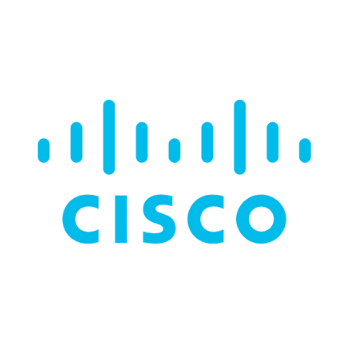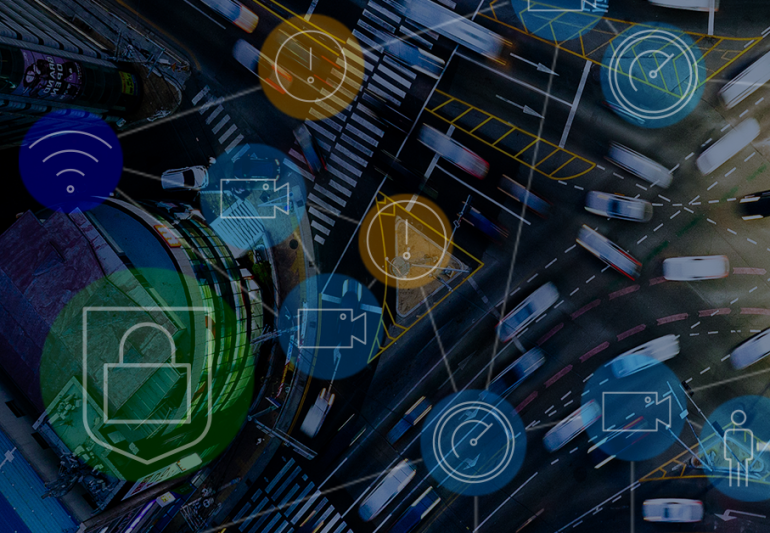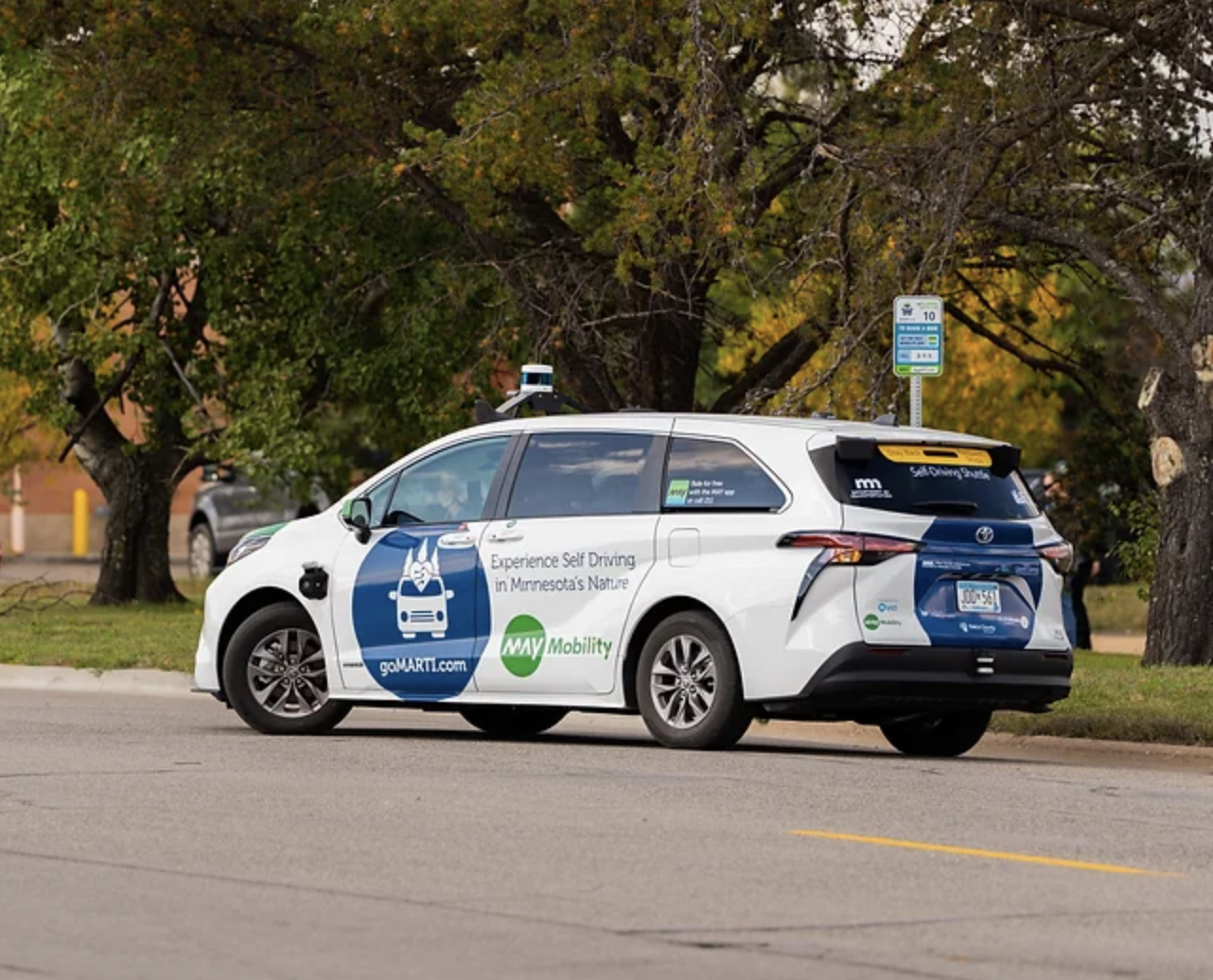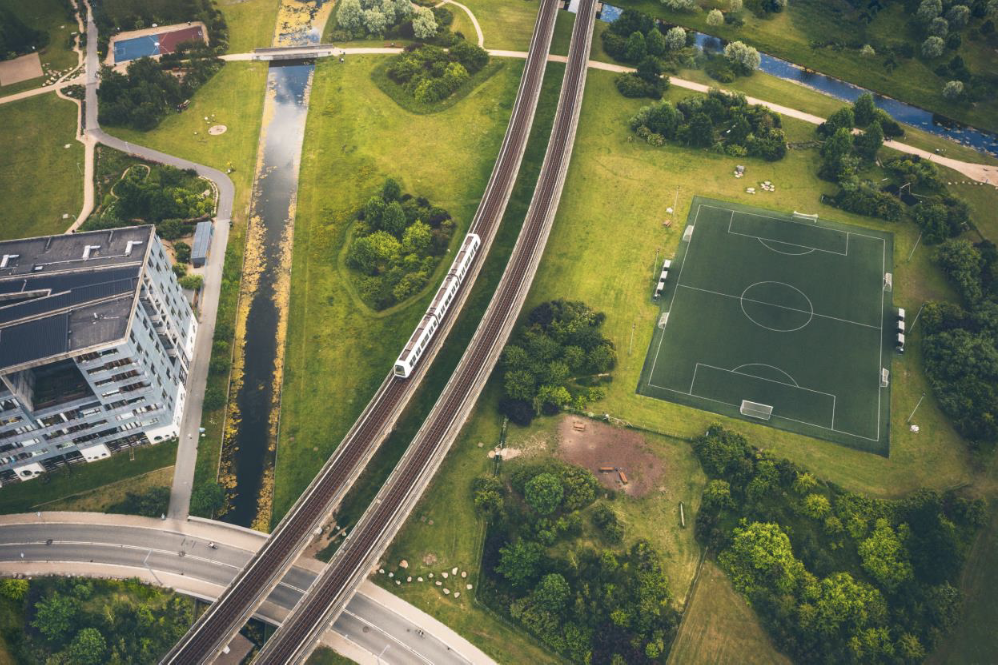Network connectivity for roadway devices is increasingly important as traffic engineers are tasked with connecting new devices and systems, along with existing infrastructure, as part of an intelligent transport system (ITS).
As traffic congestion and the number of pedestrians and connected cars on the road are all increasing, network connectivity will enable real-time use cases to realize new transportation goals.

IoT-Led Traffic Control Use Cases
Connected roadways and intersections that are digitally connected will improve safety, increase operational efficiency, reduce traffic congestion and minimize our carbon footprint. Traffic management centers need to be digitally connected to roadways and intersections to enable the collection of roadside data for analysis, real-time control and visibility from a host of sensors.
Though the benefits and possibilities for connected roadways and intersections are evident, there are numerous ways to connect roadside devices. Solutions can range from simple connections of intersections to more advanced integration with city or highway networks.
These are just a few projects for connected roadways and intersections that help solve the challenges roadway operators are dealing with:
- Video surveillance at high-traffic intersections: Video surveillance helps to improve safety in several ways. Seeing when and where congestion occurs, you can alleviate it with actions like adjusting signal timing at particular times of day. When drivers know the roadway is monitored, they’re inclined to drive more safely, reducing traffic violations. With real-time video analytics, cities can detect when someone walking with a cane or using a wheelchair or stroller needs more time to cross the street, and then automatically adjust the signal timing.
- Connected traffic signal controllers: Connected traffic signal controllers enable personnel at traffic operation centres to detect problems in real time, remotely adjust signal phase and timing (SPAT), and monitor for cybersecurity threats resulting in less congestion, better safety and fewer truck rolls. Controllers can connect to the network via our industrial switches, industrial routers, or ultra-reliable wireless backhaul solutions. Then personnel at the traffic operations centre can detect problems right away, remotely adjust signal phase and timing, and monitor for cybersecurity threats.
- Traffic signal priority and emergency vehicle preemption: Traffic signal priority (TSP) gives extra green-light time to transit vehicles like buses and light rail to stay on schedule and alleviate congestion. Signal preemption automatically turns the light green when a first-responder vehicle approaches. To introduce TSP or emergency vehicle preemption, deploy a FirstNet-ready industrial router in a roadside cabinet near the intersection. Or, to connect over fiber, use industrial switches.
- Dynamic message signs: Dynamic message signs warn drivers about hazardous conditions like lane closures, accidents, and bad weather to help prevent accidents and delays. Utilizing IoT solutions, connect message signs to communicate with an industrial switch/router in a nearby cabinet, which connects to their operation centre over a fiber or cellular network.
- Remote weather information systems: Monitoring weather and road conditions to warn drivers of hazardous conditions ahead can help prevent accidents and delays. Remote weather information systems (RWIS) collect weather data from sensors, like high winds or snowstorms, which can be relayed to those dynamic message signs. Use industrial routers to receive weather data from RWIS and transmit it to message signs over cellular networks.
- High speed tolling lanes: Managing and monetizing vehicles on closed toll roads ensure that toll violators are minimized and that tolling systems can be interoperable across jurisdictions. Automatic tolling systems are very common and quickly replacing cash tolling systems worldwide.
A County Agency in Georgia Digitizes Traffic Control for Smooth and Efficient Transportation
Gwinnett County, Georgia, located northeast of Atlanta is home to nearly one million residents, a population that has almost doubled over the past 20 years. With more than 2,650 miles of roadway to manage, Gwinnett County’s Department of Transportation (DOT) faces the challenge of keeping traffic moving while maintaining its IT infrastructure.
When the DOT’s existing network switches began to reach end of life, county officials had the opportunity to standardize some equipment across their networks and embrace ITS network technology. ITS network technology provides the infrastructure for efficient and accessible transportation for Gwinnett County residents and interstate commerce.
The DOT worked with Cisco and 360NS, a Cisco partner specializing in roadway operational technology, to align its upgraded network more closely to the county’s enterprise IT infrastructure, allowing for standardized technology and paving the way for connected vehicles. By using one set of switches across DOT’s and the county’s IT networks, updates and security patches are easier to manage, saving both staff time and taxpayer money.
The ITS technology enables DOT staff to respond more quickly to signal outages, change signal timings in real time to aid traffic flow and warn road users of upcoming obstacles like road construction with electronic signage.
Ken Keena, a traffic management systems section manager at Gwinnett County says:Digitizing and automating means instead of waiting an hour or two for someone to call and tell us a signal is flashing or malfunctioning; it automatically goes through the network and software, and an email notification is sent so technicians can quickly respond. There could be a long delay before a call came in because everybody assumes someone else has called.
Ultimately, Gwinnett County residents see better running traffic signals and benefit from improved traffic flow while the DOT has a consistent and reliable network that’s secure and maintained.
Keena adds:One of the benefits of a traffic control centre is being able to view things remotely and do remote troubleshooting. There’s time savings and efficiency when an engineer can adjust traffic light timings without driving to the location.
The upgraded network will support signal preemption for emergency vehicles and signal priority for transit. This environment also paves the way for a wider, integrated approach to transportation management. The future may involve push notifications to connected cars, and real-time updates to smart road signs.
Laying the Foundations for a Connected Transport System
As cities and DOTs prepare to roll out new use cases for connected transportation systems, it’s essential to have a robust network to support ITS.
Managing and maintaining a large network requires scalability and the more use cases you add, the more security you need. An influx of connected and autonomous vehicles will bring increasing pressures to roadway IT networks, with more advanced use cases around journey optimization and the safety of all road users, and firmly elevates the roadway devices, and their connectivity, to critical-infrastructure status.
Reliable connectivity, coupled with real-time monitoring of traffic signals, controllers, and cameras, can contribute to smoother traffic flow and ultimately improve the driver experience. Having a robust network opens the door for opportunities to be on the forefront of technology.
This article was originally published by Cisco.








